In an open letter addressed to the US Secretary of State, “the Lemkin Institute for Genocide Prevention” made some astonishingly one-sided and bigoted remarks concerning the current state of Azerbaijani-Armenian and Turkish-Armenian relations as well as their past. The Lemkin Institute criticized the neutral and impartial wording of the US Department of State’s press statement issued on 30 May titled “Continued Peace Talks Between Armenia and Azerbaijan”, since according to the Institute, “Azerbaijan is the aggressor state in this scenario.” Apparently, the Lemkin Institute believes that to achieve peace in the region, the US Department of State must embrace the extreme Armenian nationalist rhetoric and adopt the position of the Institute.
The open letter by the Lemkin Institute is striking for its extreme bias, careful selection, and omission of facts to render its argument that Azerbaijan and Turkey have all along been the aggressors, while Armenia has been a mere victim that has never hurt or caused damage to its neighbors. It is remarkable for an institute claiming to work for the prevention of genocide and crimes against humanity to simply ignore and sweep under the rug the elephant in the room: during and immediately after the First Karabakh War, approximately 800,000 Azerbaijanis were ethnically cleansed from the areas occupied by the Armenian forces. A further 200,000 Azerbaijanis were driven out of Armenia itself. It is remarkable that such a center as the Lemkin Institute does not have a single word to say about this.
The Lemkin Institute’s lopsided dive into history is not limited to the recent Karabakh conflict. The open letter also mentions “the violence of the past, including the Armenian genocide of 1915 to 1923, which was committed in the South Caucasus as well as in the Ottoman Empire and in which Azeri [sic] soldiers participated as allies of the Ottoman Empire and the forces of Mustafa Kemal Atatürk.” Like its extremely partisan stance on the Karabakh conflict, the Institute’s position on the past events is likewise based on a careful selection and omission to portray the Azerbaijanis and the Turks as the invariable aggressors and the Armenians as helpless, hapless, and harmless victims. This is not the appropriate context to discuss the Events of 1915, but it should suffice to mention that the well-known and reputable scholars such as Roderic Davison, Bernard Lewis, Guenter Lewy, Norman Stone, Gilles Veinstein, and Andrew Mango reject the appropriateness of the “genocide” label for the Events of 1915.
The Lemkin Institute conveniently omits to mention in its list of “past violence” how Armenia was founded upon ethnic cleansing. With a population of more than a million, today the capital city of Yerevan is the political, financial, industrial, and cultural center of Armenia. However, at the beginning of the 19th century, it was a Turkish-Azerbaijani rather than an Armenian city. At the time of the Russian conquest in 1820s, Azerbaijani Turks made up around 80 percent of Yerevan’s total population. During the occupation, 359 Azerbaijani villages were razed to the ground and their population was massacred and expelled from their houses. The Russians settled 45,000 Armenians brought from today’s Turkey and Iran until 1832. However, even with these massive population movements, the Armenians still did not make up a clear majority in the region. It was only at the end of the 19th century and early 20th century, following war and continuous migration and emigration, that the Armenians established a solid majority in the region.
Another major wave of ethnic cleansing took place in the aftermath of the Bolshevik Revolution of 1917, following which Armenia and Azerbaijan gained their independence in 1918. During this period Armenian forces perpetrated mass killings to change the demographic picture in the region to expand their territorial control as far as possible. As Armenian historian Richard Hovannissian noted, in 1918 forces under Armenian general Andranik Ozanian “crushed one Tatar [Azerbaijani] village after another.” Mark L. Bristol, the American High Commissioner, reported on the mass killings and ethnic cleansing carried out in the Nakhchivan and Yerevan regions:
“I know from reports of my own officers who served with General Dro [Drastamat Kanayan] that defenseless villages were bombarded and then occupied, and any inhabitants that had not run away were brutally killed, the village pillaged, and all the livestock confiscated, and then the village burned. This was carried out as a regular systematic getting rid of the Moslems.”
Andranik – Armenian Hero, a short Armenian biography on Andranik Ozanian, moreover, not only fails to condemn such mass killings but on the contrary seems to almost take pride in his achievements:
“Andranik’s irregulars remained in Zangezur surrounded by Muslim villages that controlled the key routes connecting the different parts of Zangezur. According to David Bloxham, Andranik initiated the change of Zangezur into a solidly Armenian land by destroying Muslim villages and trying to homogenize key areas of the Armenian state. In late 1918 Azerbaijan accused Andranik of killing innocent Azerbaijani peasants in Zangezur and demanded that he withdraw Armenian units from the area. Antranig Chalabian wrote that, ‘without the presence of General Andranik and his Special Striking Division, what is now the Zangezur district of Armenia would be part of Azerbaijan today.’”
As this discussion and excerpts show, the Azerbaijanis had been consistently subjected to mass murder and ethnic cleansing for the past two hundred years. The Lemkin Institute not only fails to recognize and mention this fact, but on the contrary, engages in an unabashed attempt to blame the Azerbaijanis, the victims, for their fate. This shameful double standard by the Lemkin Institute in recognizing human suffering must, therefore, be strongly condemned in the name of historical truth as well as for respect to the memory of the victims and their descendants. How Raphael Lemkin would have reacted to the abuse of his name by such an attitude is a totally different story.
© 2009-2025 Center for Eurasian Studies (AVİM) All Rights Reserved

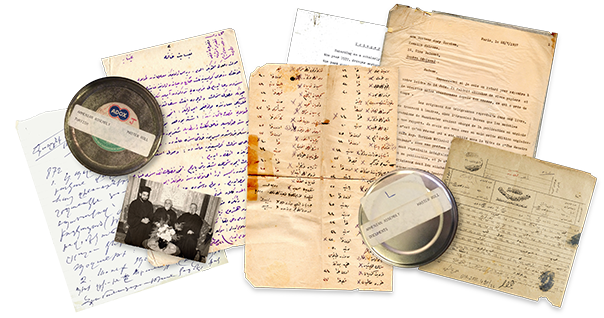 ACADEMIC ETHICS AND ARCHIVES: THE KRIKOR GUERGUERIAN ARCHIVE ADDS LITTLE NEW TO THE DEBATE
ACADEMIC ETHICS AND ARCHIVES: THE KRIKOR GUERGUERIAN ARCHIVE ADDS LITTLE NEW TO THE DEBATE
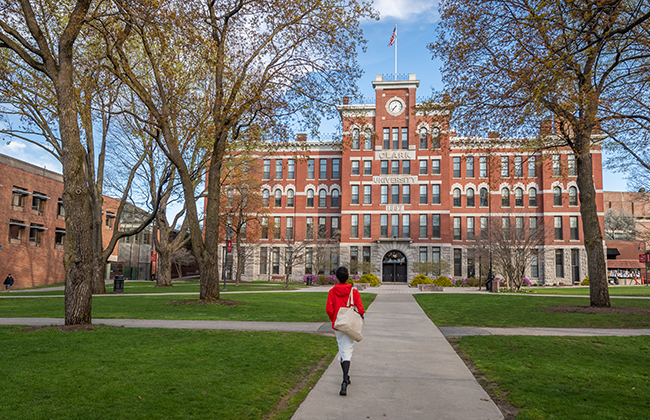 A CONTROVERSIAL AND EMBARRASSING ACADEMIC APPOINTMENT BY AN AMERICAN UNIVERSITY
A CONTROVERSIAL AND EMBARRASSING ACADEMIC APPOINTMENT BY AN AMERICAN UNIVERSITY
 MACRON MODELS HIMSELF AFTER THE FAILURES OF FORMER FRENCH PRESIDENTS
MACRON MODELS HIMSELF AFTER THE FAILURES OF FORMER FRENCH PRESIDENTS
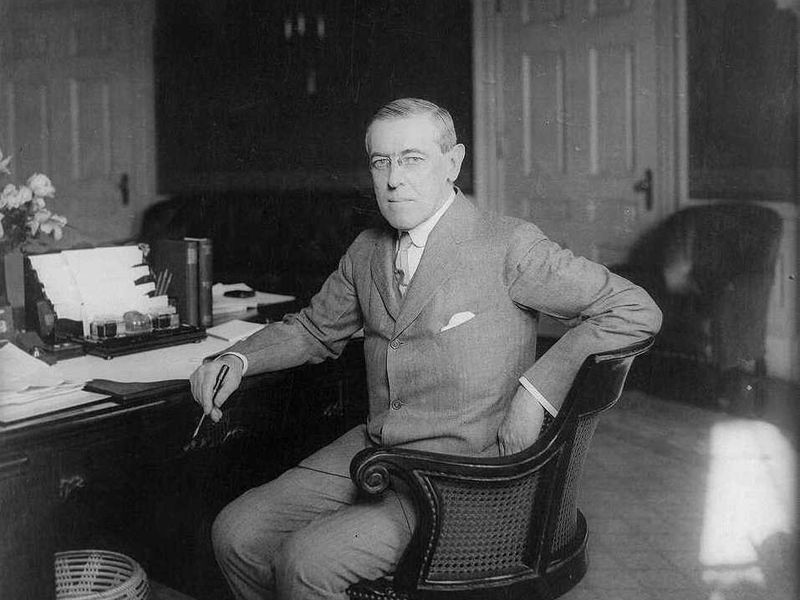 WOODROW WILSON, ARMENIA, AND THE TACKLING OF A LONG-STANDING HYPOCRISY
WOODROW WILSON, ARMENIA, AND THE TACKLING OF A LONG-STANDING HYPOCRISY
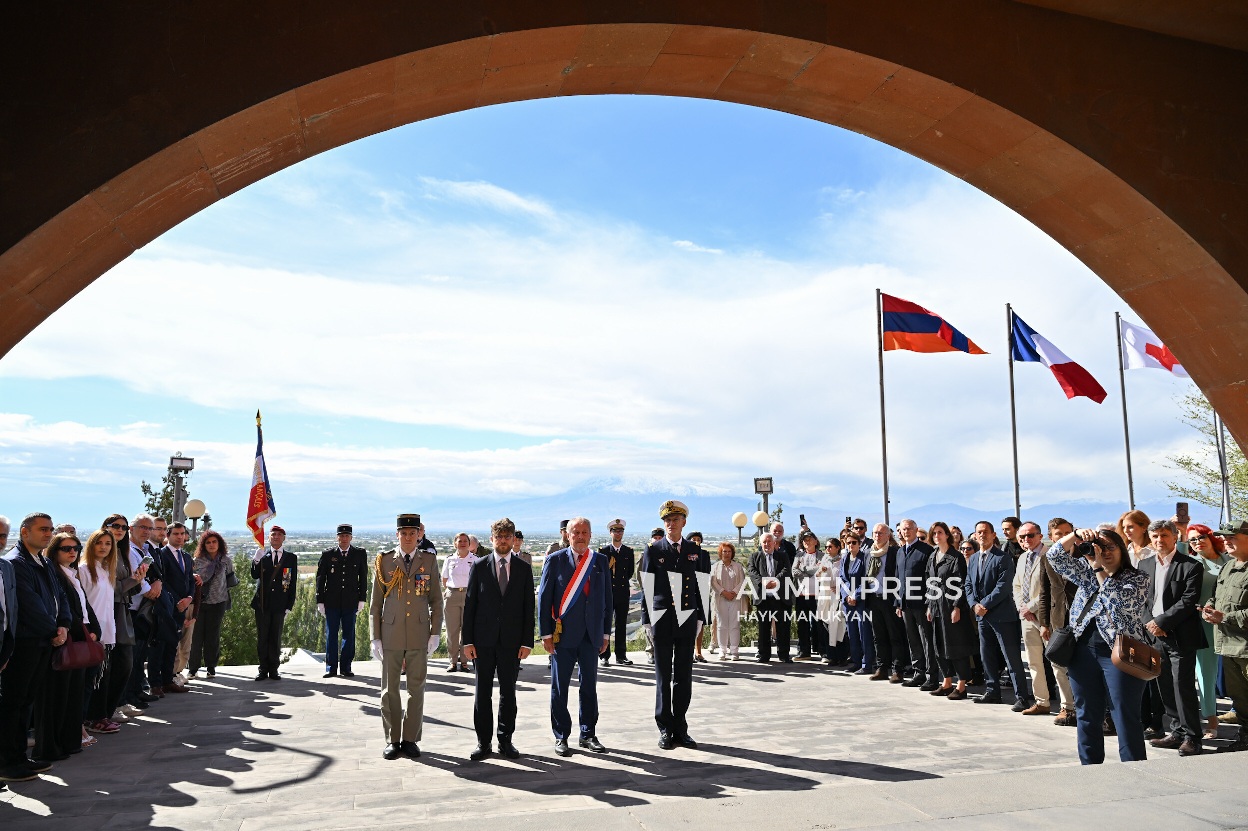 A NEVER-ENDING FICTIONAL NARRATIVE: ARMENIANS OF MUSA DAGH
A NEVER-ENDING FICTIONAL NARRATIVE: ARMENIANS OF MUSA DAGH
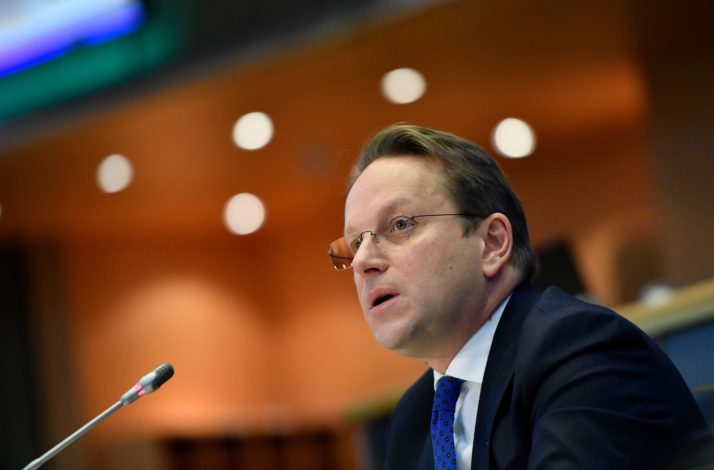 EU’S ANTI-TURKEY STANCE IS STILL ALIVE EVEN WHEN SELECTING MEMBERS OF THE EUROPEAN COMMISSION
EU’S ANTI-TURKEY STANCE IS STILL ALIVE EVEN WHEN SELECTING MEMBERS OF THE EUROPEAN COMMISSION
 THE SPEECH OF ARMENIA’S PRESIDENT AT THE PARLIAMENTARY ASSEMBLY OF COUNCIL OF EUROPE
THE SPEECH OF ARMENIA’S PRESIDENT AT THE PARLIAMENTARY ASSEMBLY OF COUNCIL OF EUROPE
 YET ANOTHER ARMENIA-DIASPORA SUMMIT: CONSTANT DEJA VU
YET ANOTHER ARMENIA-DIASPORA SUMMIT: CONSTANT DEJA VU




























